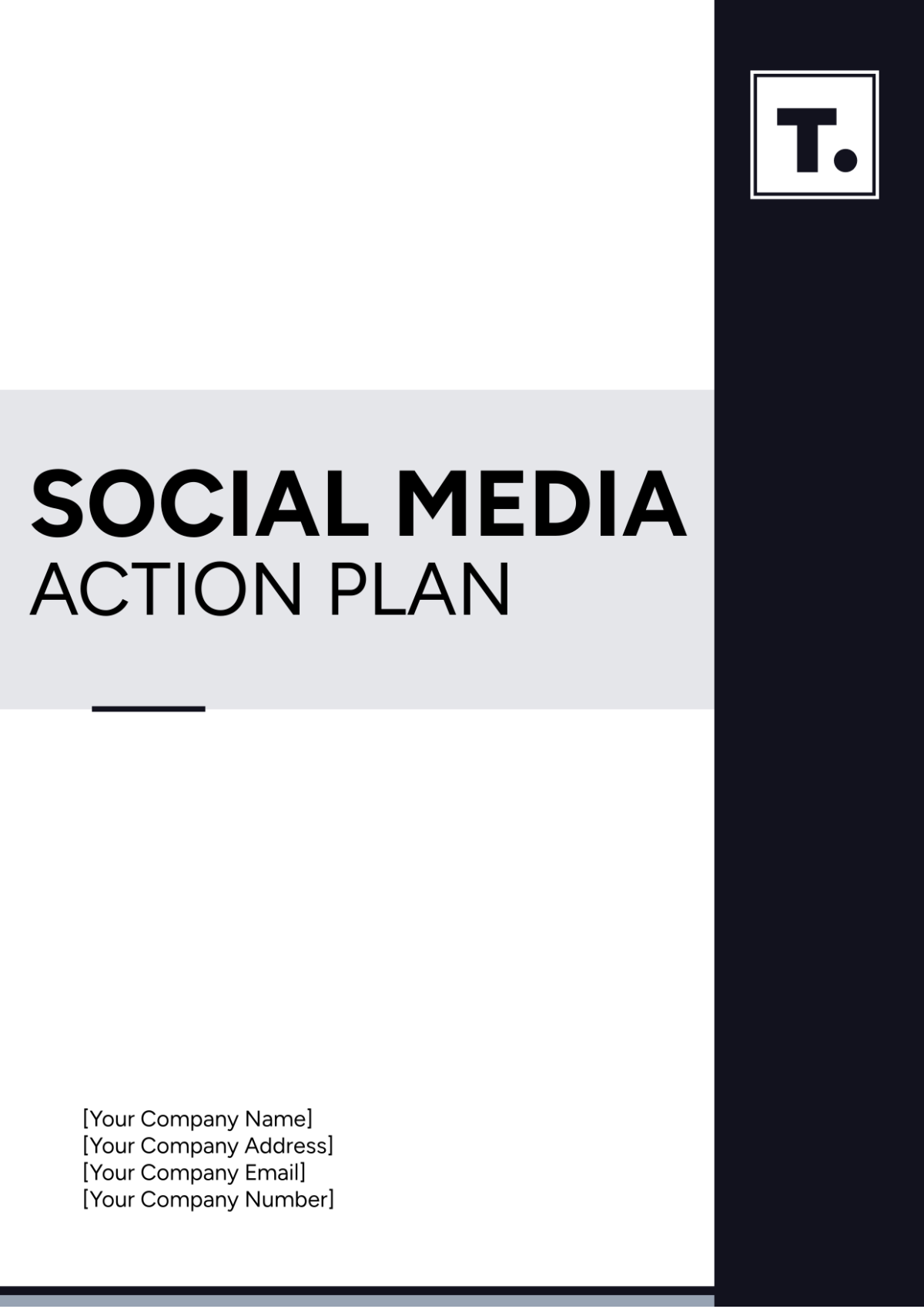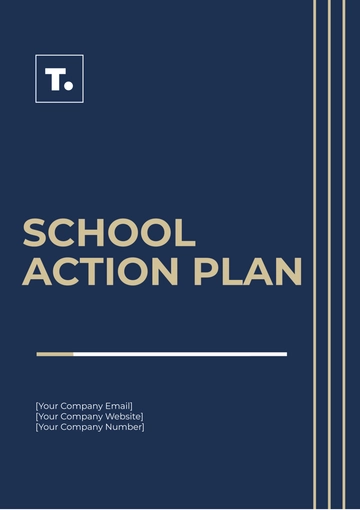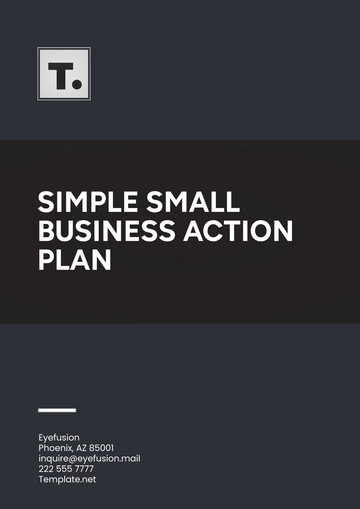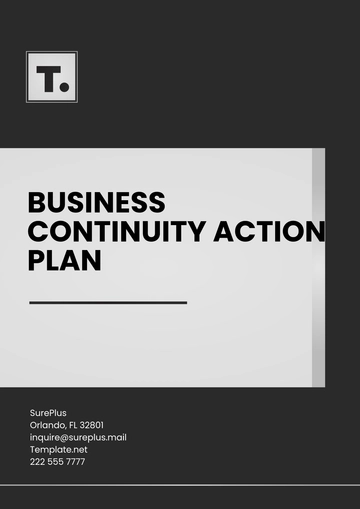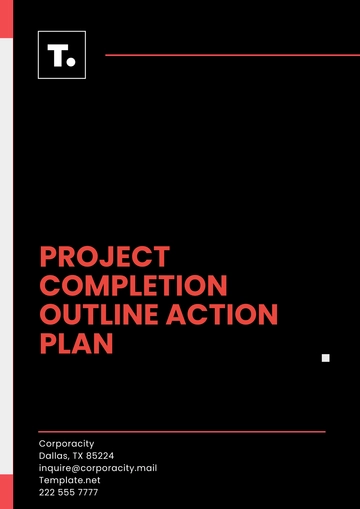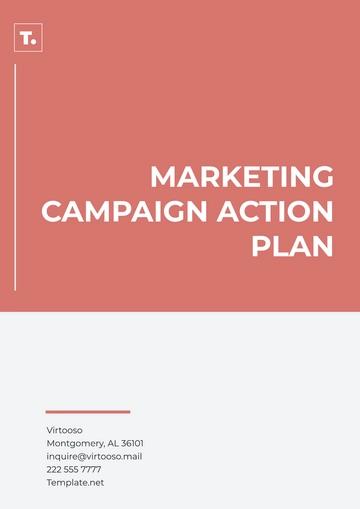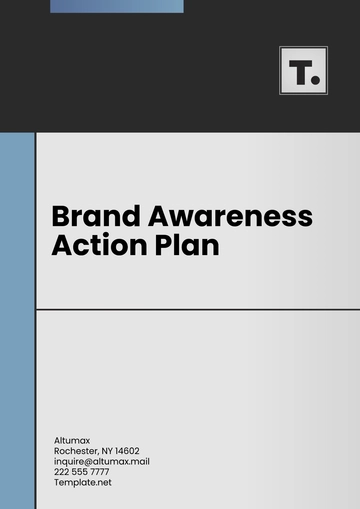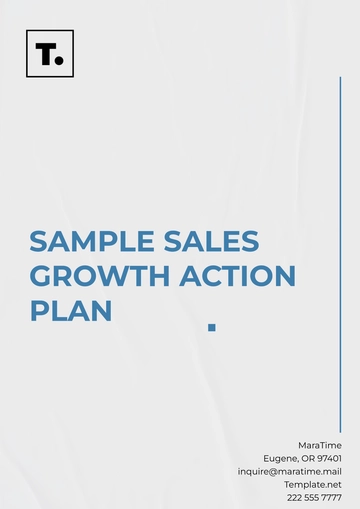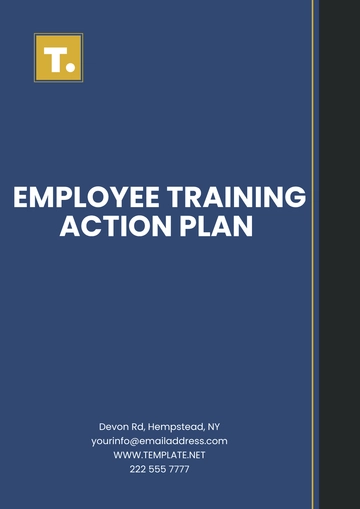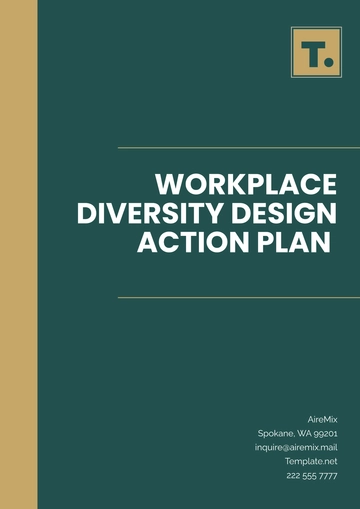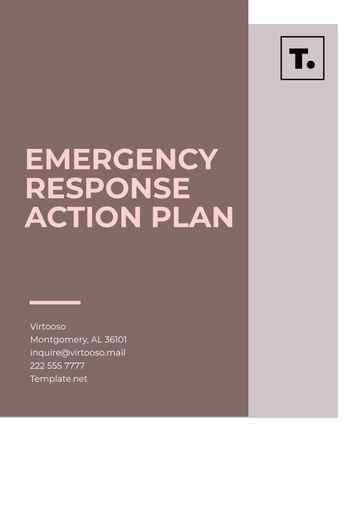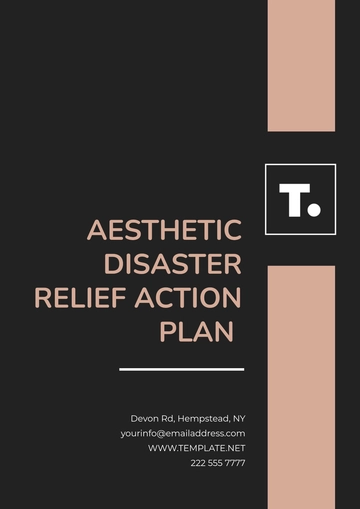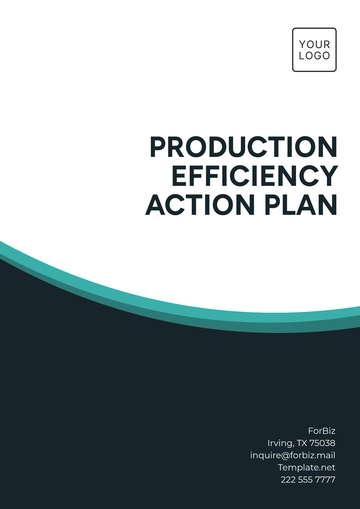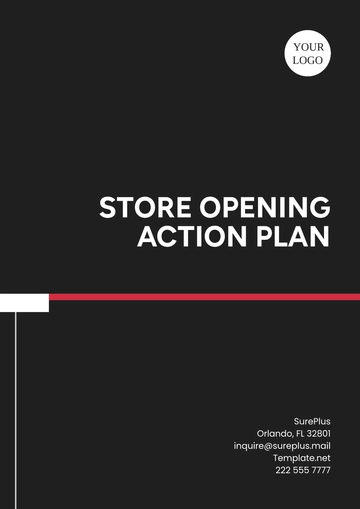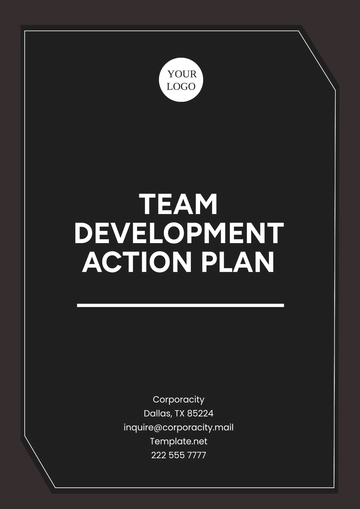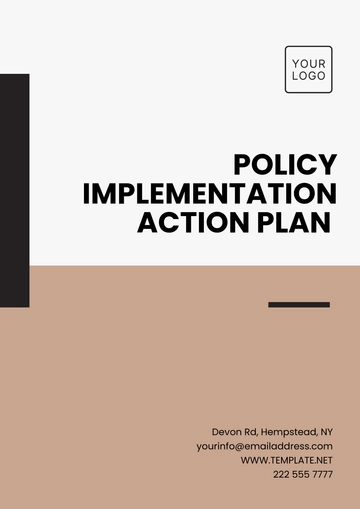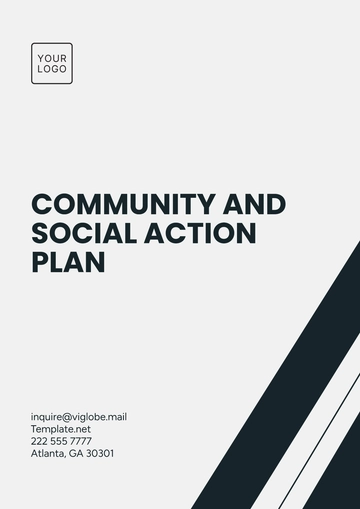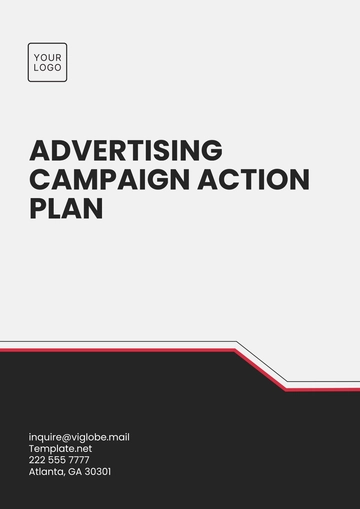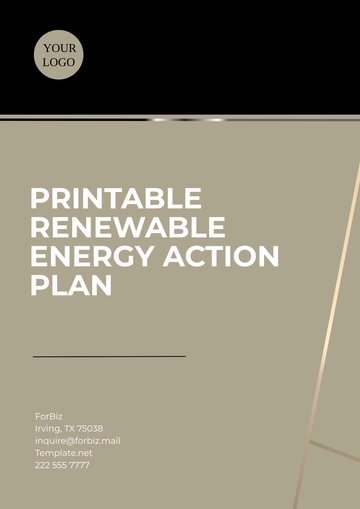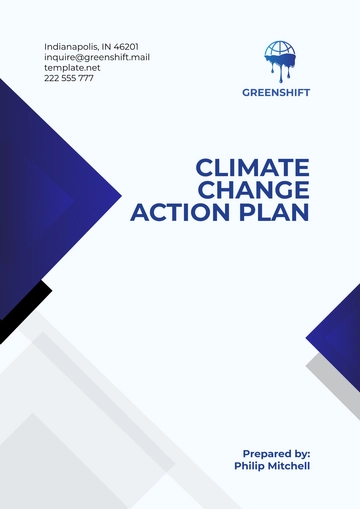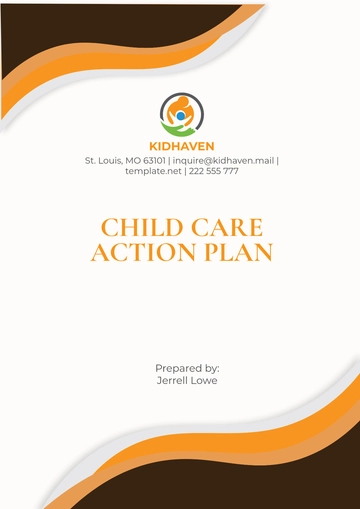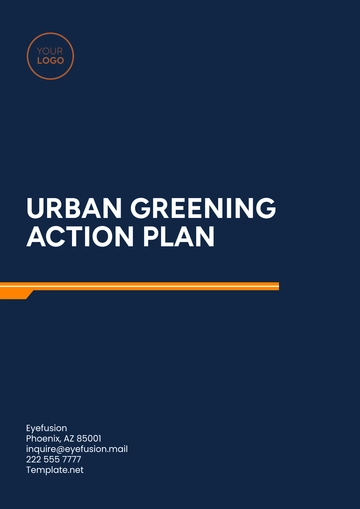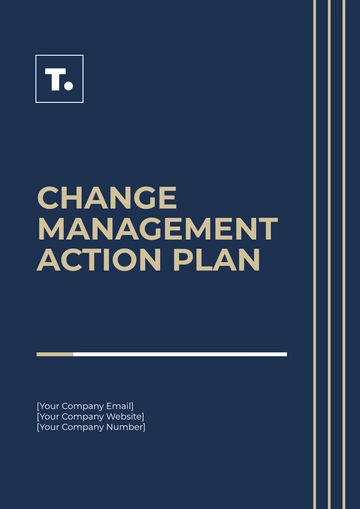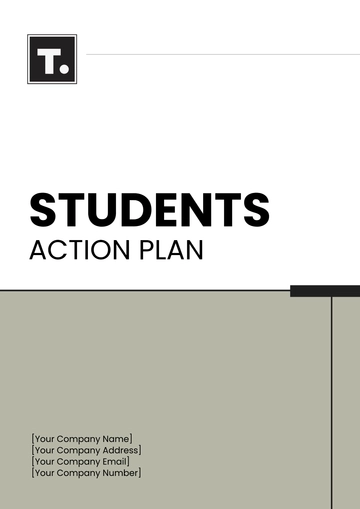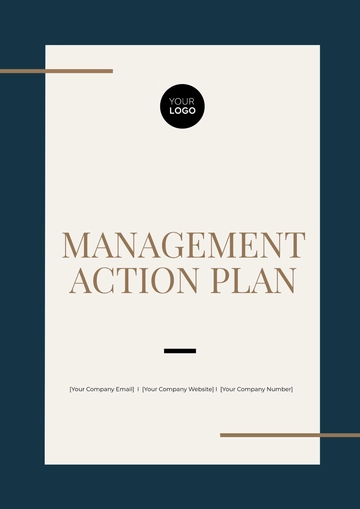Social Media Action Plan
I. Executive Summary
The following Social Media Action Plan delineates the strategies and tactics devised for [YOUR COMPANY NAME] to fortify brand awareness across diverse social media platforms. By diligently executing this plan, our overarching objective is to amplify visibility, bolster engagement, and foster brand recognition among our target demographic.
II. Objectives
Increase Brand Recognition: Elevate brand recognition by a substantial 15% within a concise timeframe of 6 months.
Grow Social Media Following: Cultivate our social media following by an impressive 20% within an achievable timeline of 12 months.
Enhance Engagement Metrics: Augment engagement metrics encompassing likes, comments, and shares by a notable 25% within 9 months.
III. Target Audience
Demographics
Our target audience primarily consists of individuals aged between 18 and 35, representing the millennial and Gen Z demographics. They are digitally savvy, technologically adept, and actively engage with brands on social media platforms. Geographically, they are predominantly located in urban areas, where access to technology and sustainability initiatives is more prevalent.
Psychographics
Beyond basic demographics, understanding the psychographics of our audience is crucial. They are conscious consumers who prioritize sustainability, environmental responsibility, and ethical business practices. They are passionate about technology and innovation, seeking products and services that align with their values and contribute to a better world.
Interests and Behavior
Our audience exhibits a diverse range of interests, including:
Technology Enthusiasts: They are early adopters of new technologies and gadgets, eager to stay updated on the latest trends and advancements.
Sustainability Advocates: They are passionate about environmental conservation, eco-friendly living, and supporting businesses that prioritize sustainability.
Lifestyle Influencers: They follow lifestyle influencers and content creators who inspire them with fashion, travel, wellness, and lifestyle content.
Social Media Users: They are active users of social media platforms, particularly Instagram and Twitter, where they engage with brands, share content, and seek inspiration.
Communication Preferences
Our audience prefers authentic, transparent communication from brands. They value two-way communication and expect brands to listen to their feedback, respond to their inquiries promptly, and engage in meaningful conversations. They are receptive to visually appealing content, storytelling, and interactive experiences that resonate with their interests and values.
IV. Content Strategy
Content-Type | Description |
|---|
Informative Blog Posts | Delivering insightful content on technological advancements and sustainable living. |
Engaging Videos | Showcasing product features, user testimonials, and sustainability initiatives. |
Interactive Polls/Quizzes | Encouraging audience participation on lifestyle preferences and tech inclinations. |
Eye-catching Graphics | Highlighting company milestones, achievements, and sustainability efforts. |
V. Platform Selection
Tailoring our approach to suit audience demographics and behavioral patterns, we prioritize the following platforms:
Platform | Rationale |
|---|
Instagram | Visual-centric platform ideal for showcasing lifestyle and sustainability initiatives to a younger demographic. |
Twitter | Real-time engagement platform suitable for sharing industry news, fostering discussions, and thought leadership. |
LinkedIn | Professional networking platform to connect with industry peers, share insights, and establish thought leadership. |
Facebook | A widely used platform for disseminating information, promoting events, and engaging with a broad audience. |
VI. Posting Schedule
Platform | Frequency | Optimal Timing |
|---|
Instagram | 3 times/week | Mornings and evenings |
Twitter | 3 times/week | Midday and evenings |
LinkedIn | 2 times/week | Midweek during business hours |
Facebook | 2 times/week | Evenings and weekends |
VII. Performance Metrics
Tracking key performance indicators (KPIs) through robust social media analytics tools, including:
Reach and Impressions: Quantifying the number of unique users exposed to our content to gauge our brand's visibility.
Engagement Rate: Calculating the percentage of users interacting with our posts through likes, comments, and shares to measure audience engagement.
Follower Growth: Monitoring the steady increase in our social media following over time to assess audience expansion and brand awareness.
VIII. Budget
A. Content Creation Tools and Software Subscriptions
Investing in state-of-the-art content creation tools and software subscriptions is imperative to ensure the production of high-quality visuals, videos, and graphics that resonate with our audience. This includes:
Adobe Creative Cloud: Subscription to Adobe's suite of creative tools for graphic design, video editing, and content creation.
Canva Pro: Access to advanced features and templates for creating engaging graphics and visuals.
Vidyard: Subscription to a video hosting platform for creating and sharing professional-grade videos.
B. Paid Advertising Campaigns
Strategic investment in paid advertising campaigns will amplify our brand's visibility and extend our reach to a broader audience segment. Key components of this budget allocation include:
Social Media Ads: Allocating funds for sponsored posts and targeted advertising campaigns on platforms like Facebook, Instagram, Twitter, and LinkedIn to increase brand exposure and drive traffic to our social media profiles and website.
Google Ads: Investing in Google Ads to capture potential leads through search engine marketing (SEM) and display advertising.
C. Human Resources
Considering the dynamic nature of social media management and content creation, augmenting our team with additional resources or outsourcing tasks to proficient professionals may be necessary. This includes:
Content Creators: Hiring skilled writers, graphic designers, and videographers to develop compelling content aligned with our brand objectives.
Community Managers: Recruiting community managers to monitor social media channels, engage with followers, and foster meaningful interactions.
Freelancers/Agencies: Collaborating with freelance professionals or digital marketing agencies to supplement our in-house team and expedite campaign execution.
D. Miscellaneous Expenses
Accounting for unforeseen expenses and miscellaneous costs is essential to maintain operational flexibility and ensure the seamless execution of our brand awareness initiatives. This may include:
Training and Development: Investing in training programs and workshops to upskill team members and stay abreast of emerging trends and best practices in social media marketing.
Contingency Fund: Setting aside a contingency fund to address any unexpected expenses or fluctuations in campaign performance.
IX. Timeline
Month 1-2: Conducting comprehensive audience research, developing a robust content calendar, and establishing a strong presence on selected social media platforms.
Month 3-6: Launching brand awareness campaigns, analyzing initial results, and refining content strategies based on performance data and audience feedback.
Month 7-9: Continuously optimizing content based on engagement metrics, experimenting with new formats and tactics, and adjusting strategies as necessary to maximize impact.
Month 10-12: Conduct a thorough evaluation of the overall campaign effectiveness, measuring progress against predetermined objectives, and strategizing for future initiatives and ongoing brand-building endeavors.
X. Conclusion
By steadfastly adhering to the strategies outlined in this meticulously crafted Social Media Action Plan, [YOUR COMPANY NAME] is poised to fortify its presence, foster meaningful connections with our target audience, and ultimately propel brand awareness and loyalty to unprecedented heights in the ever-evolving digital landscape.
Plan Templates @ Template.net
